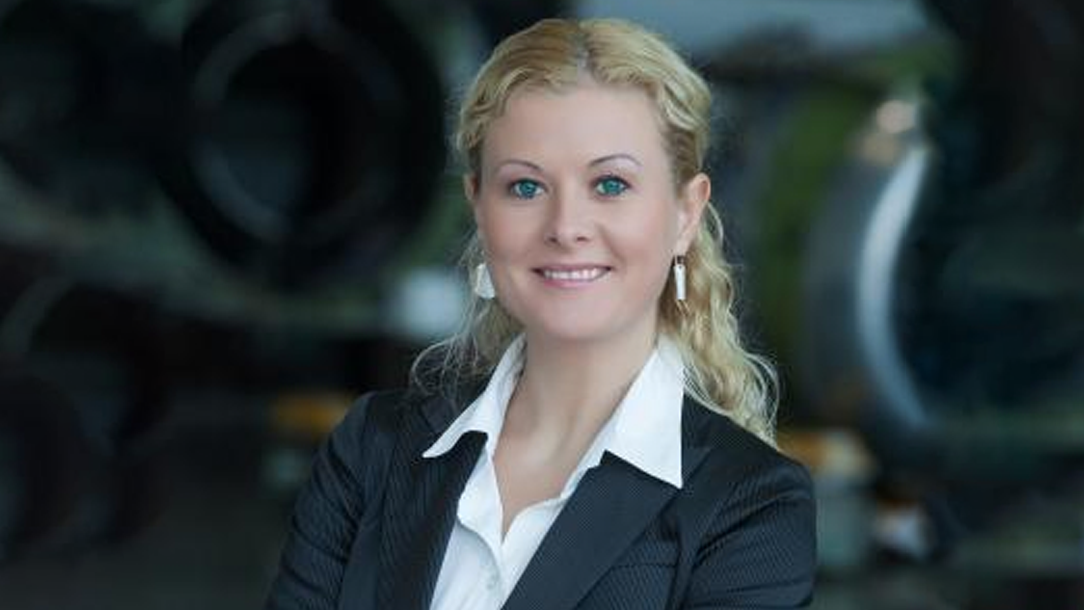
Asta Zirlyte, CEO of Heston MRO, talks with Lee Ann Shay during MRO Australasia in Brisbane about where the independent line maintenance provider is heading. Heston acquired Aircraft Maintenance Services Australia from SIA Engineering in 2018 and rebranded the business.
Heston MRO provides line maintenance but are you considering expanding into base maintenance too?
Line maintenance is our platform and our historical core business that we want and have started to develop. We already added a component business, and we are in the process of adding on-wing/off-wing support, and Part 147 training. The next step would be to add light heavy maintenance. We do not want to start doing heavier heavy maintenance—we want to find our niche in light maintenance. That means phased and A checks, and certain packages we could do in an overnight check. We have been seeking government support to help us add hangars, which would help keep work in Australia.
What’s the status of Part 147 training approval?
Originally the need came from our own internal requirements. We are an independent MRO and need to follow ever-changing new technologies such as the CFM LEAP engines or Airbus A320 and A330 neo, for instance. When we need to send our engineers overseas for a five- or six-day course, it turns into eight or nine days away from a station and we have the cost of not just salaries but travel, per diems and accommodations, and the course itself. Having a business-driven training school inhouse would help us deliver our future needs, as well as the industry’s. Delivering theoretical and practical training would be viable once we have the hangars.
It sounds like Part 147 and the hangars need to coincide.
Part 147 will come first—the hangars will take time. We are talking with the Queensland and Victoria governments to find the best solution for where we will end up. There is a market need—we see it. Maybe there’s a short-term solution elsewhere but long-term we need to think about a local solution in Australia. The Asian market is growing rapidly resulting in its own internal demand for more slots. It will be more and more difficult for the Australian and South Pacific airlines to get the slots in Asia.
We hope to get the Part 147 approval in Q2 2020. We are waiting for CASA to come next week for the final review. We started the process in October 2019 but it’s still in process.
How are you differentiating—what new things are you bringing to the market?
We want to be a total technical care partner for smaller airlines and smaller fleet owners. We want to be innovative, flexible and economically focused on our customer needs--even if that means doing something completely different than what exists in the market. We need to challenge the market and the authorities to review the processes and come up with some new ideas and solutions--like video training. Yet we still need to prove what happens if the video disconnects. It’s quite a conservative market here but we want to bring some new ideas and do things in more efficient ways.
You mentioned you’re using WhatsApp for business. How are you using it?
Timely communications both internally and externally are very important. With WhatsApp groups, it’s very easy to communicate—from status of the aircraft to defects and even sharing photos on the spot. It helps to share the information at the same time with our own team, the airline locally, the maintenance control center and the ground handling company. Everyone has cell phones today and it helps keep everybody in the loop. Simple solutions like this help save time and improve the communication.





